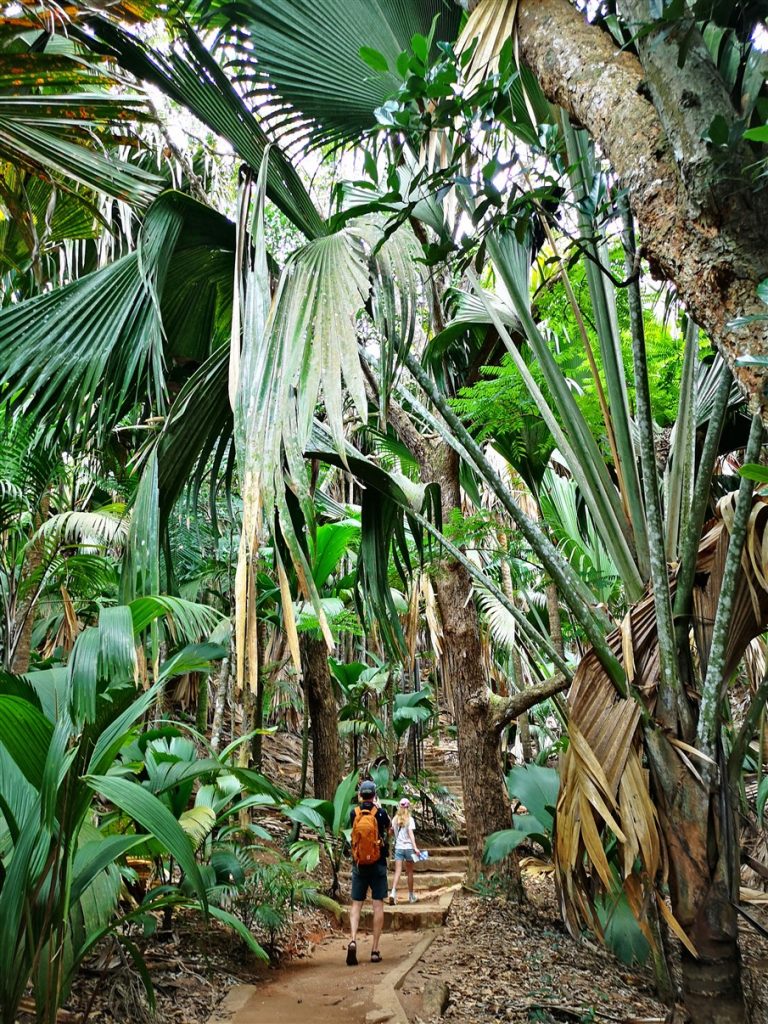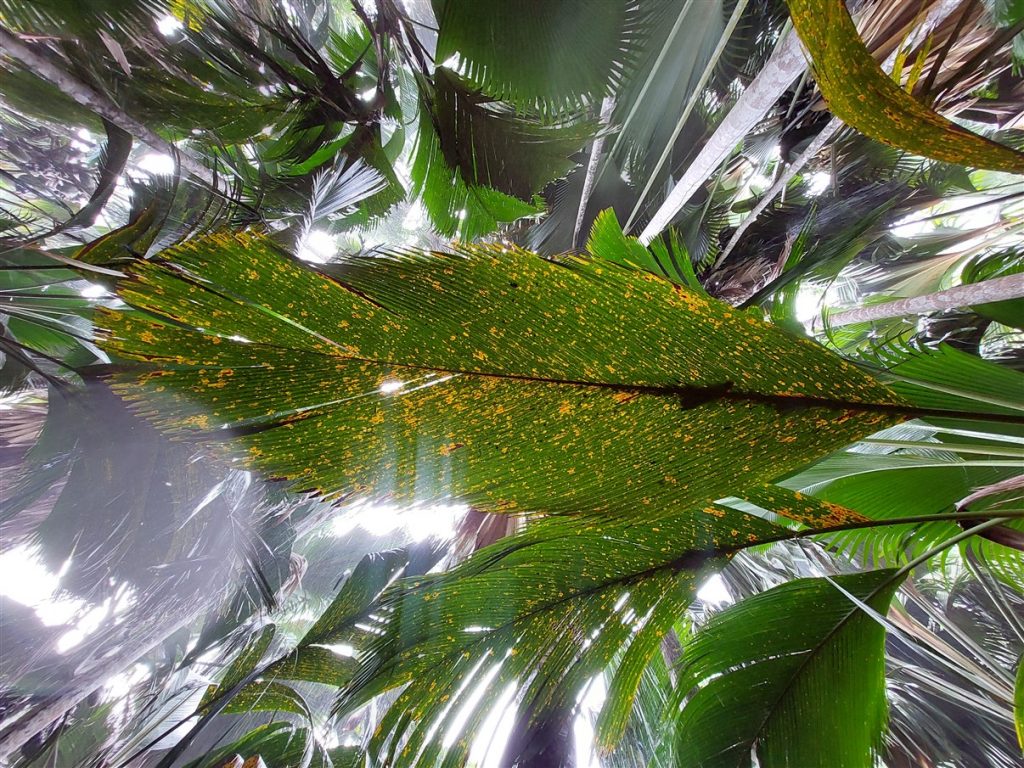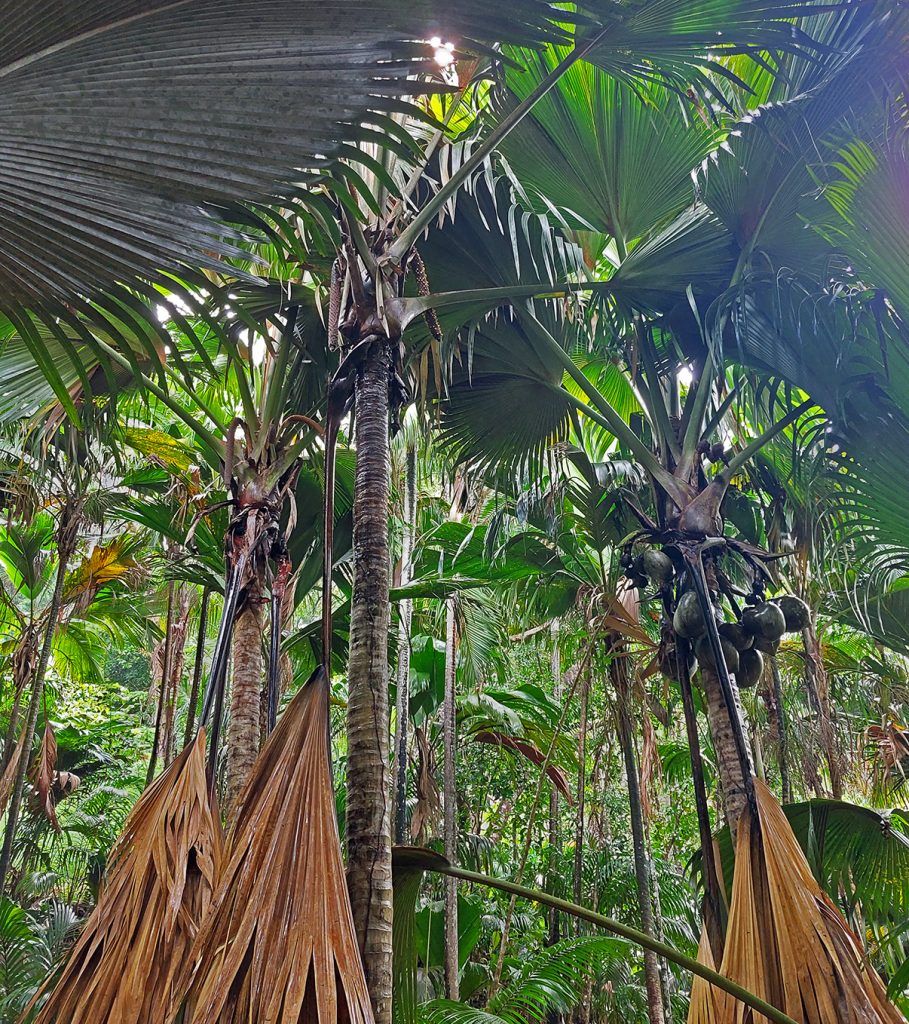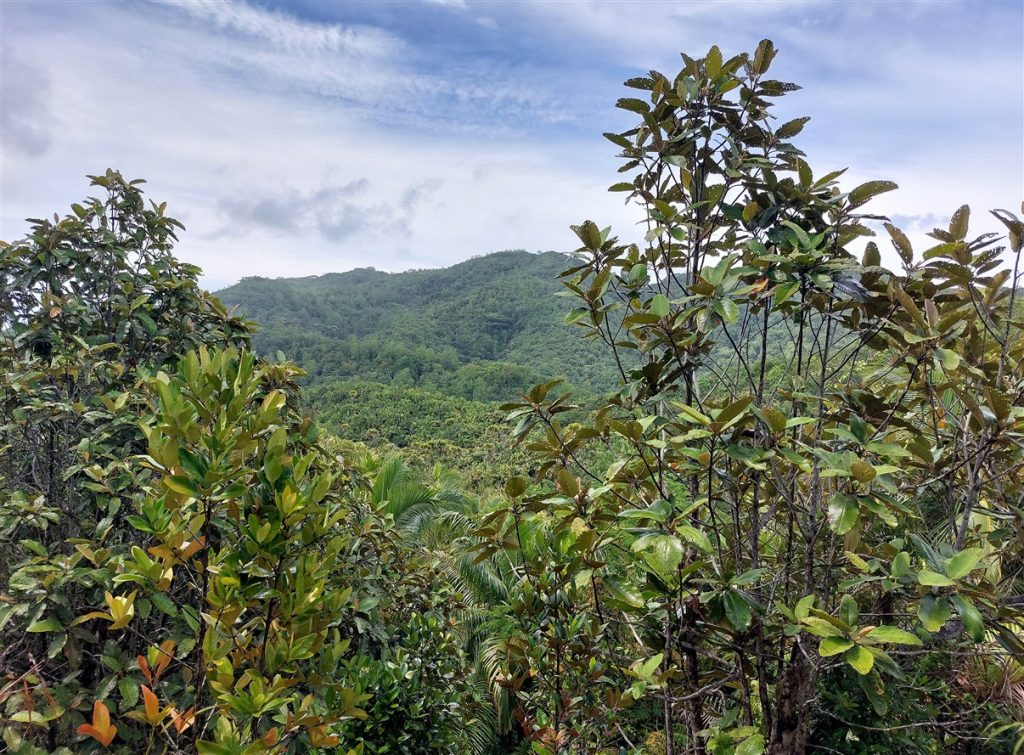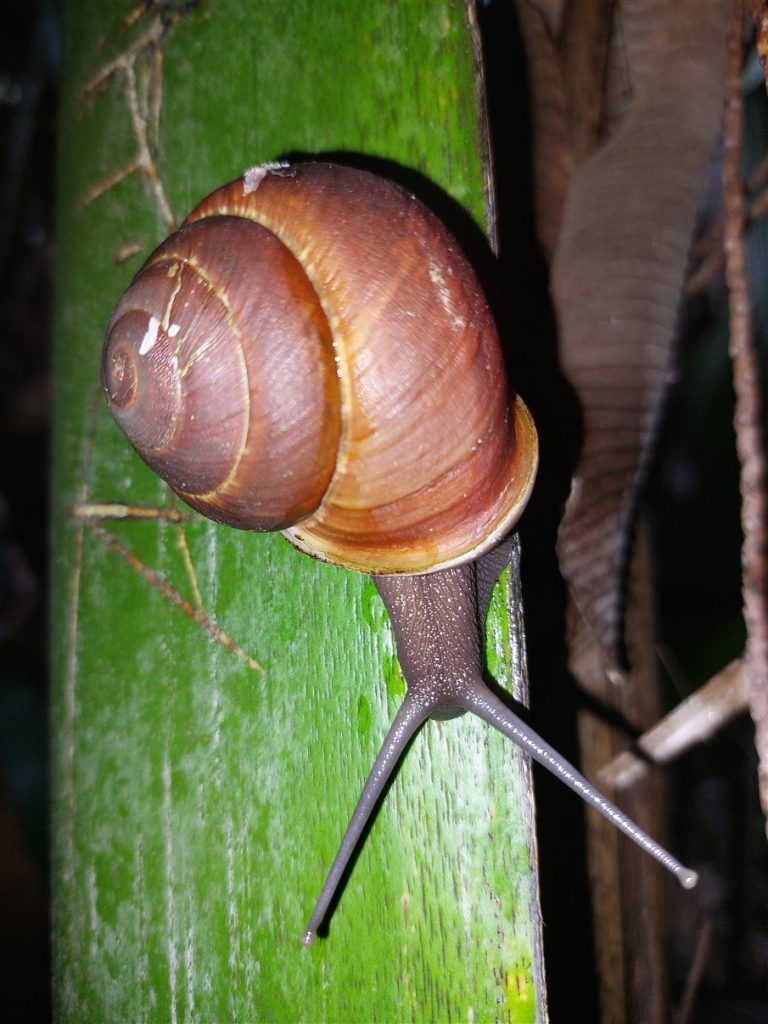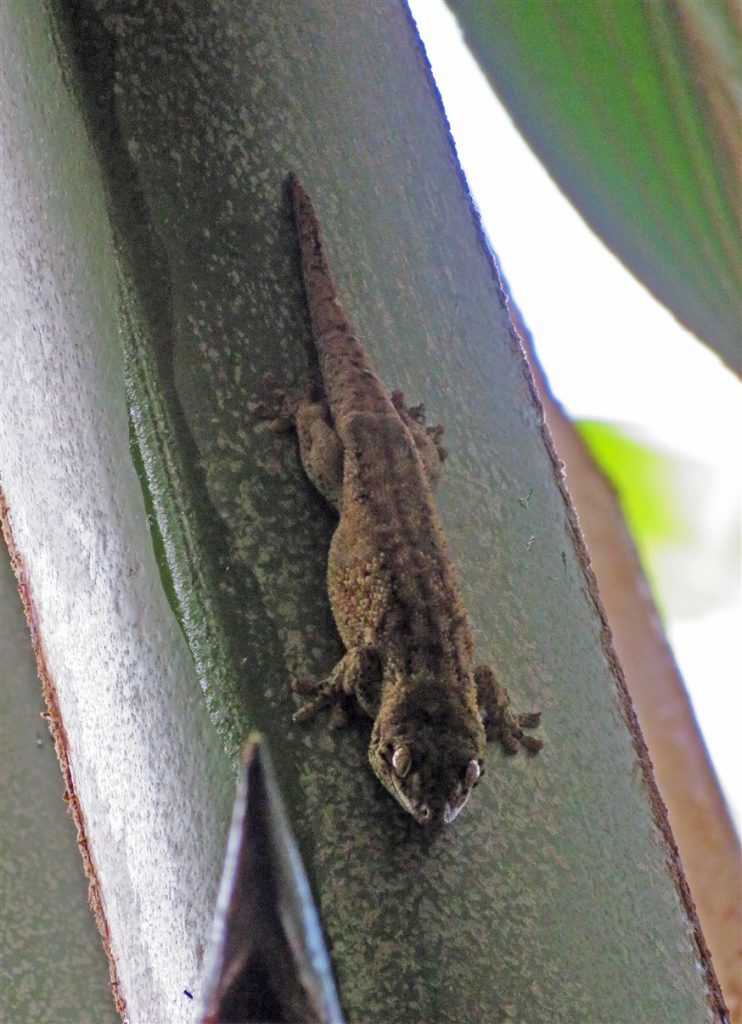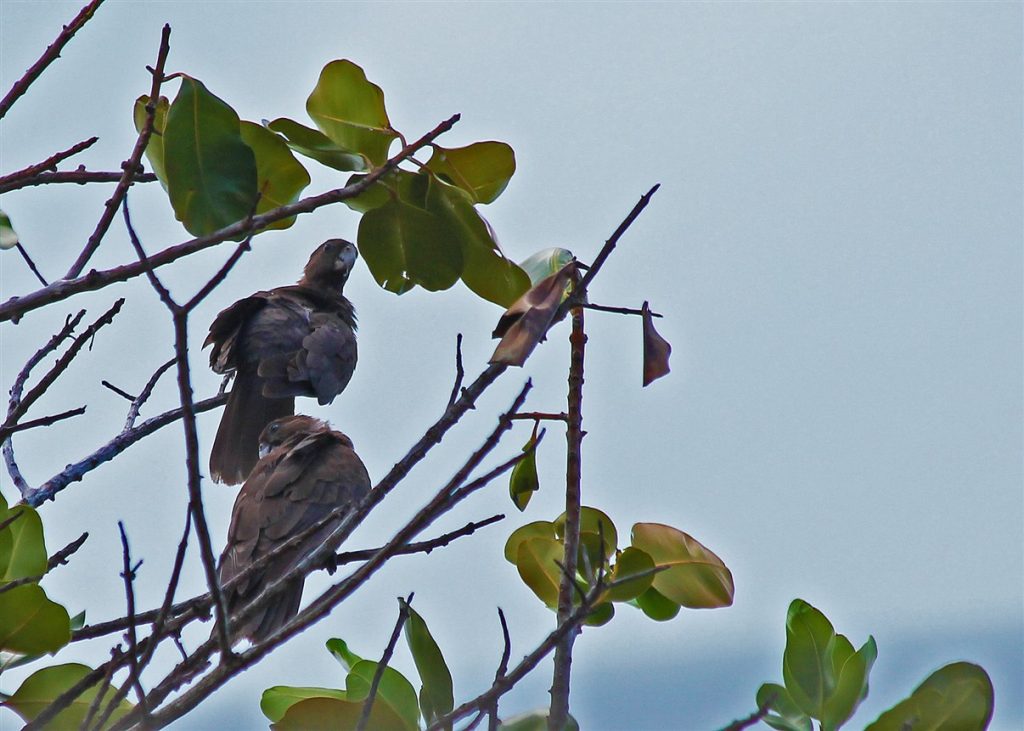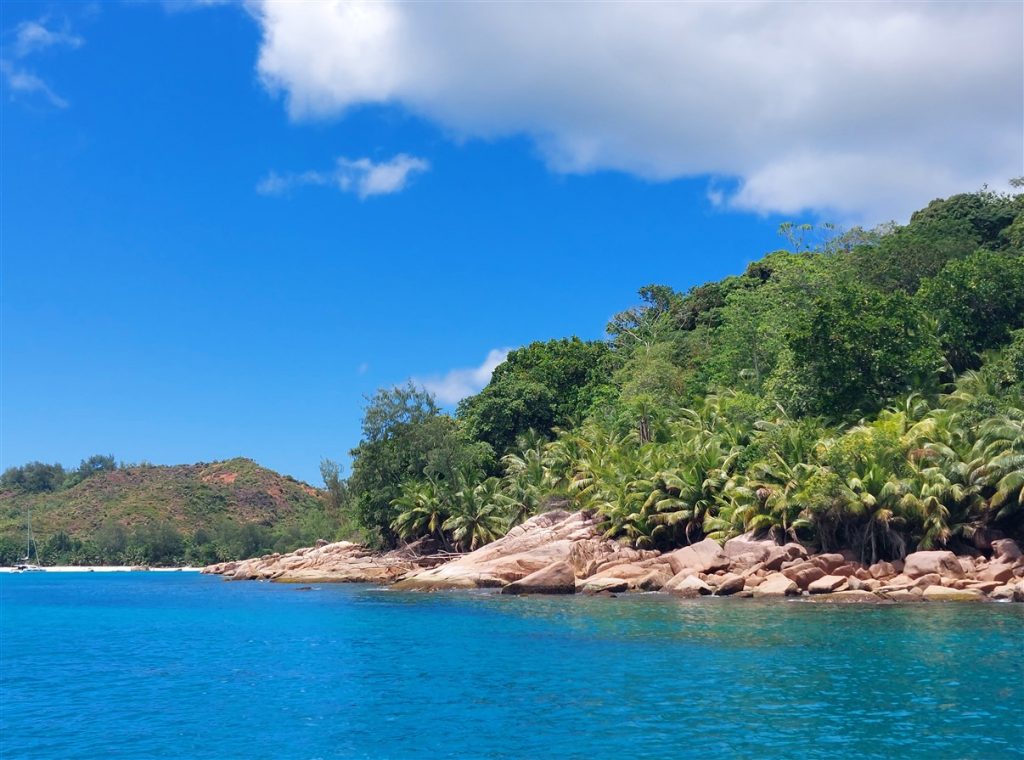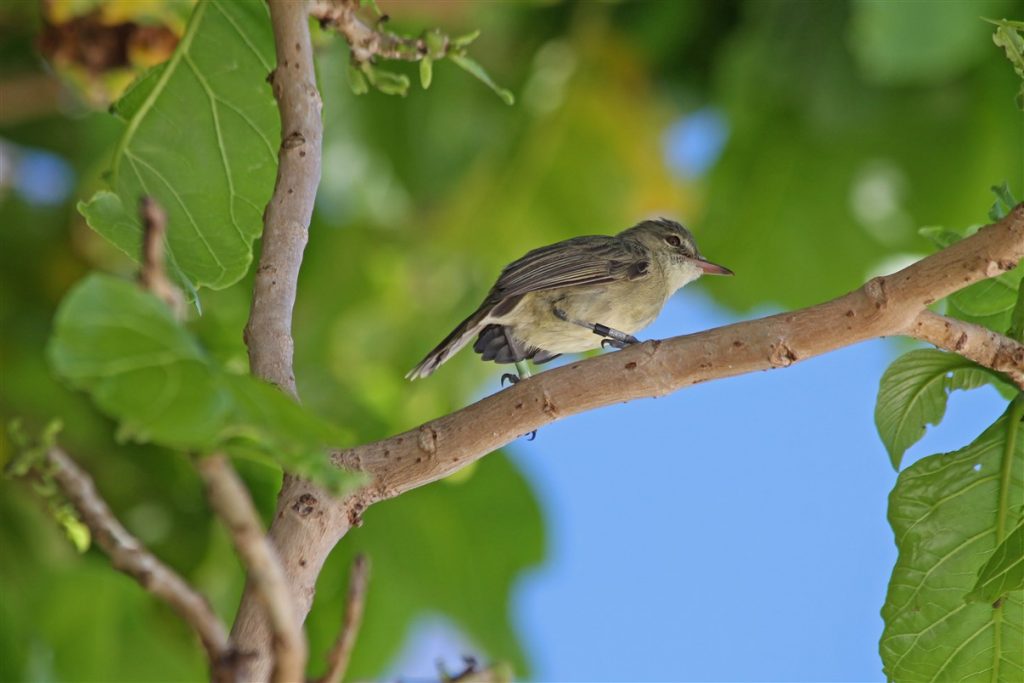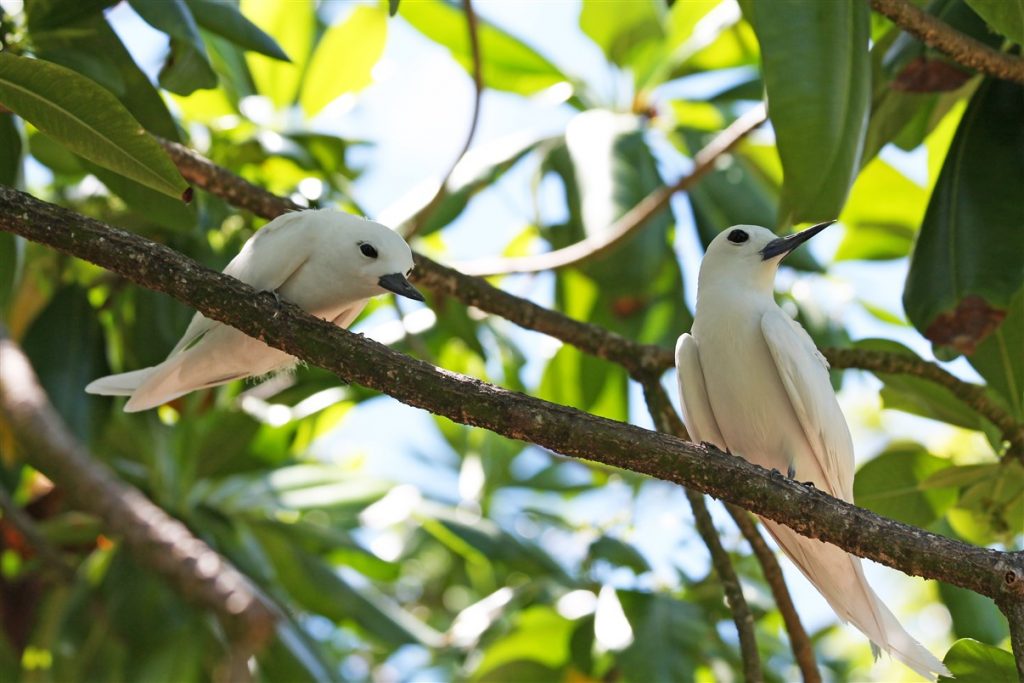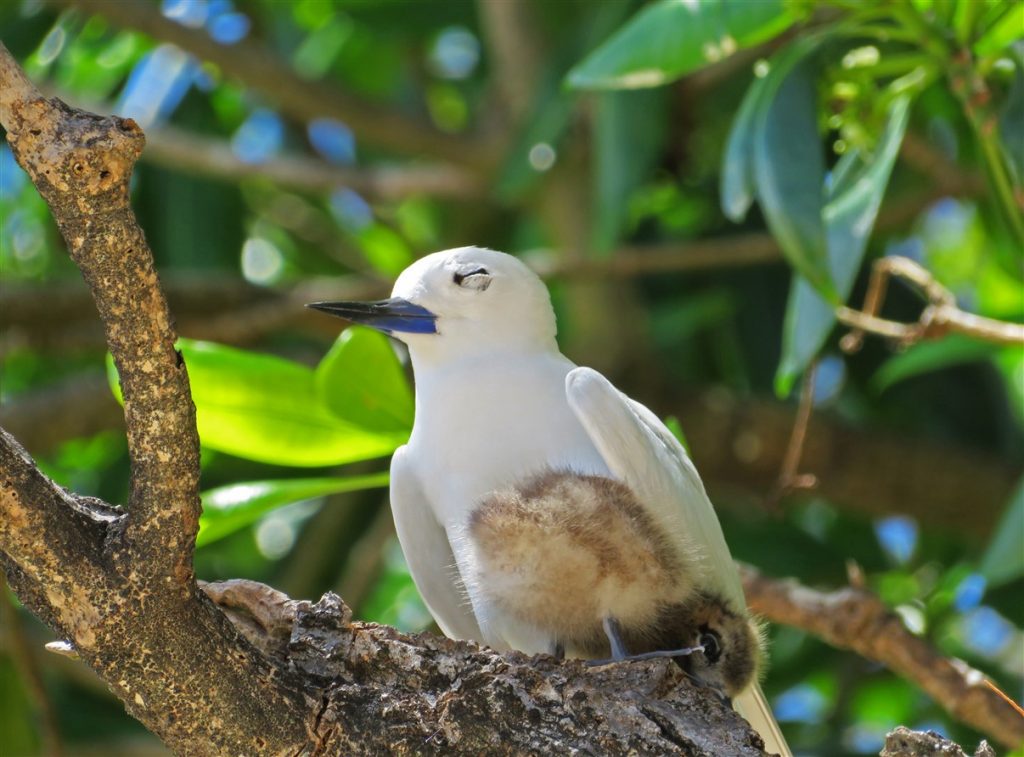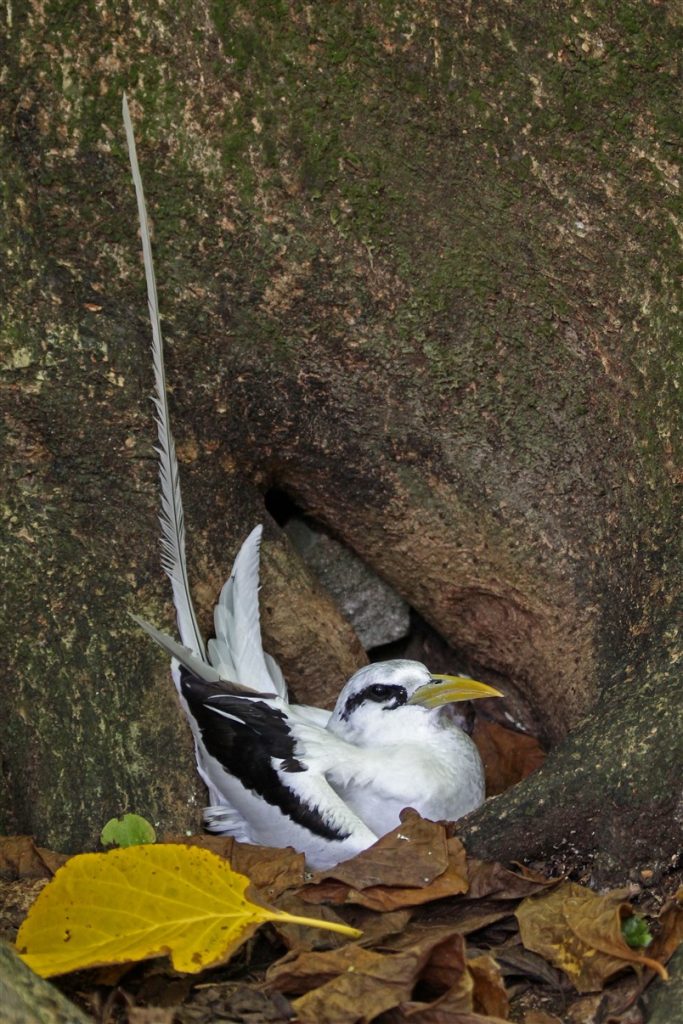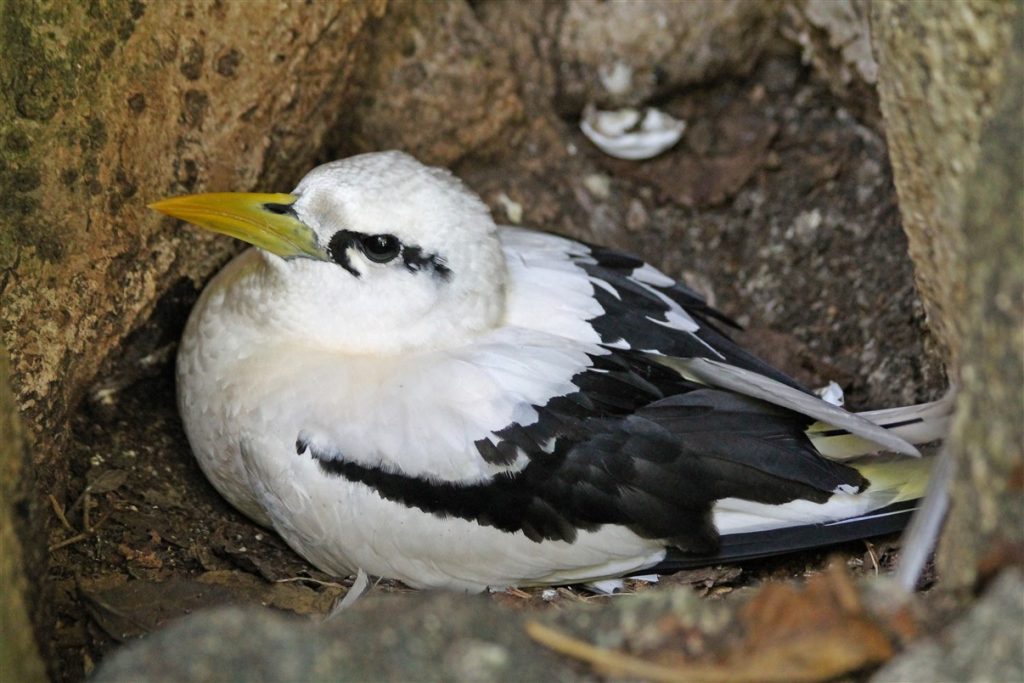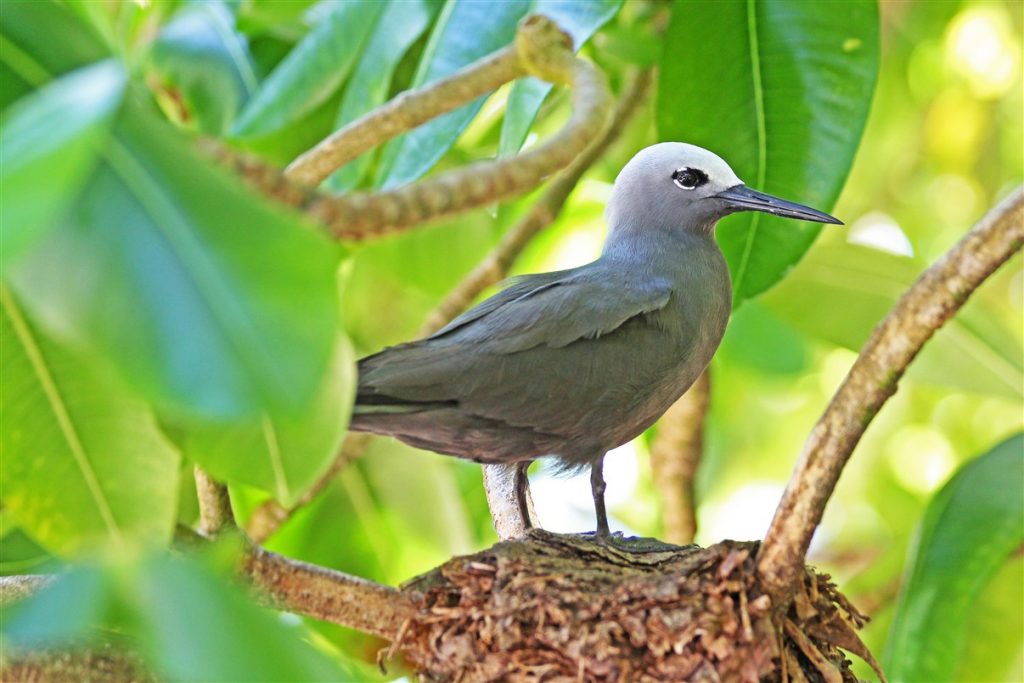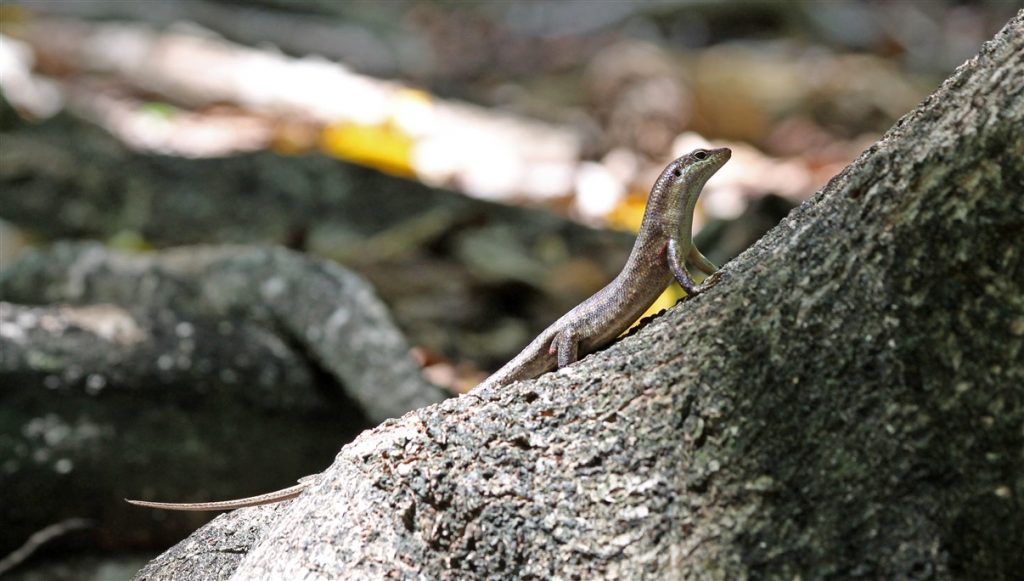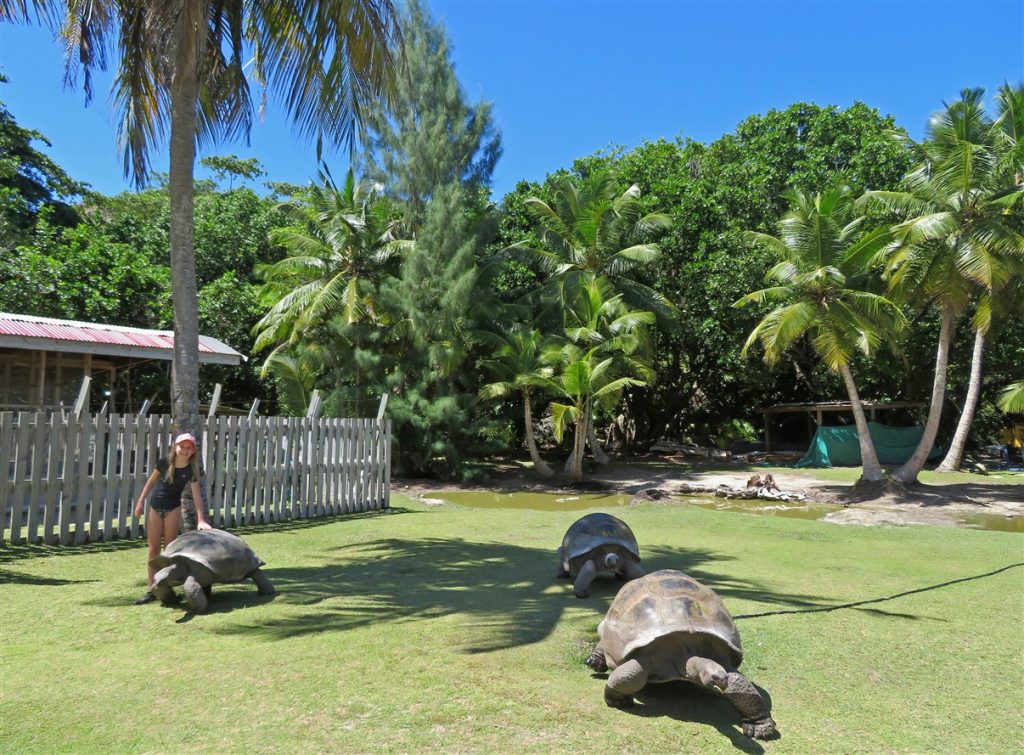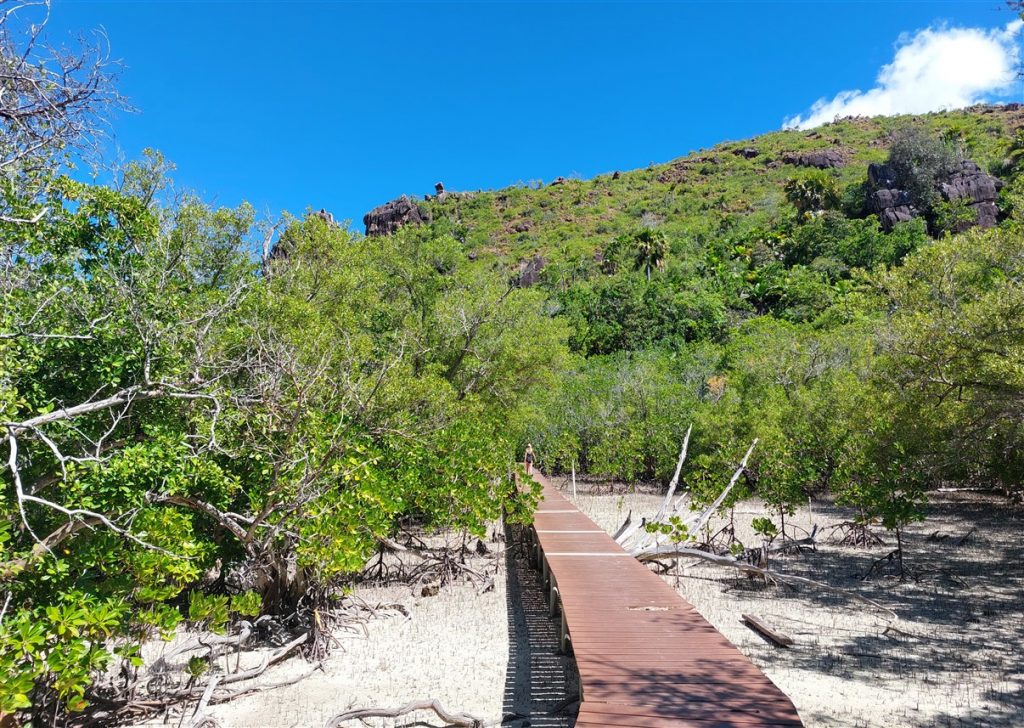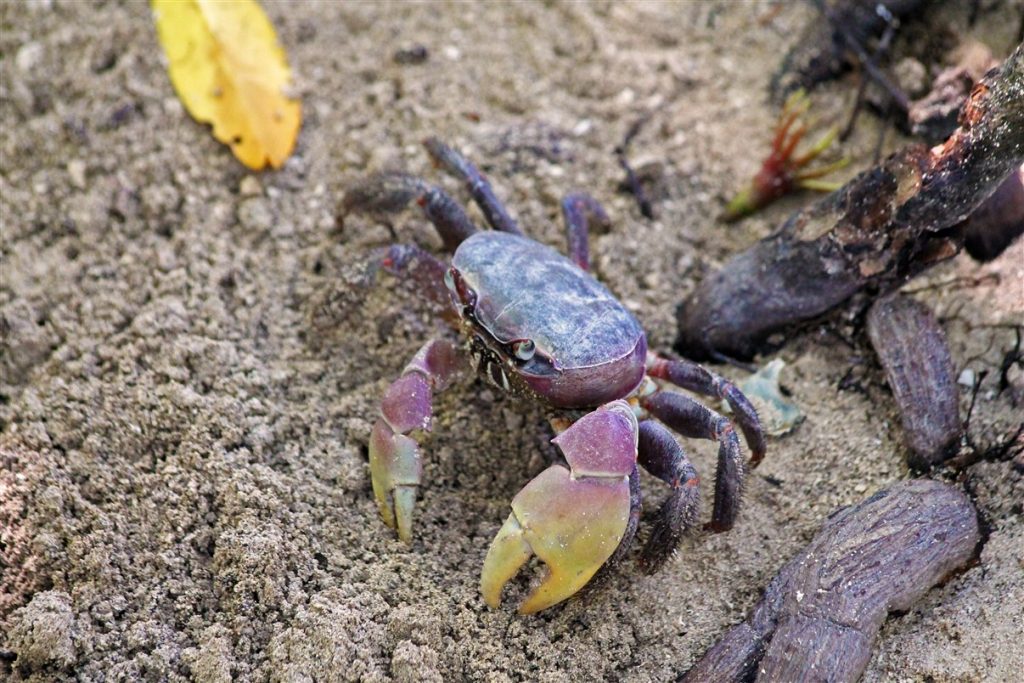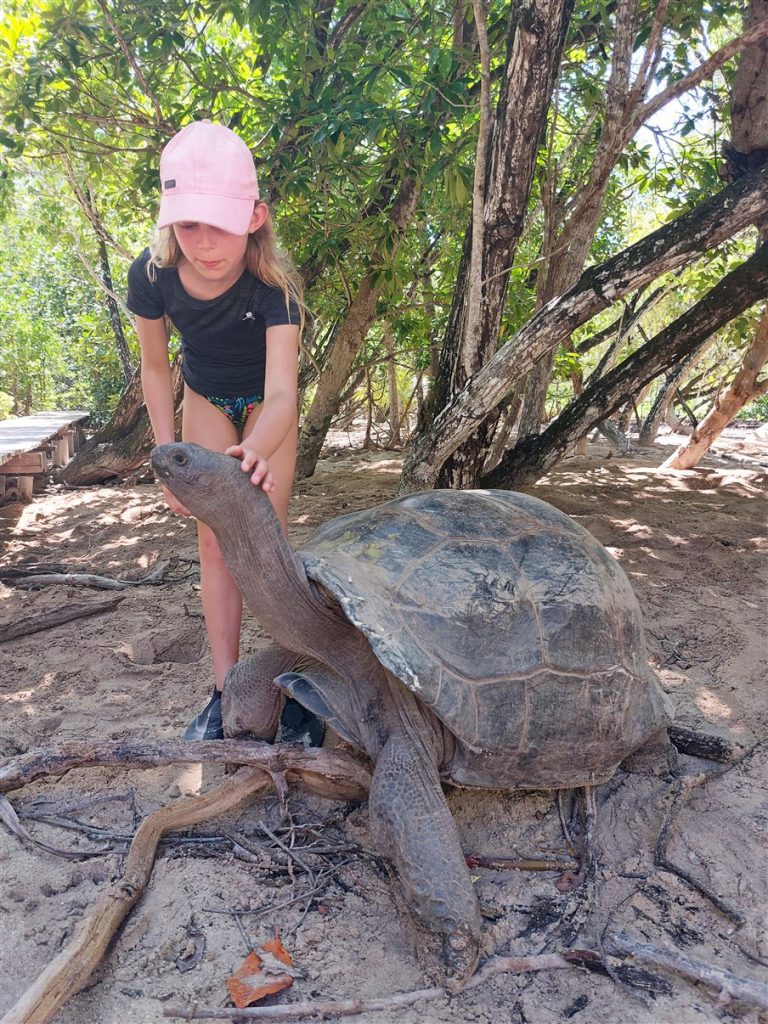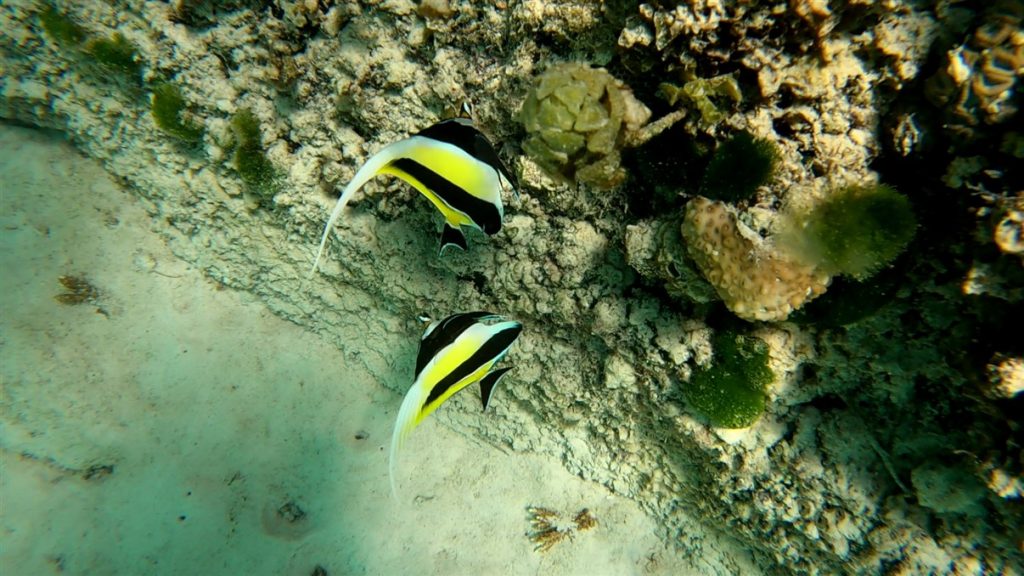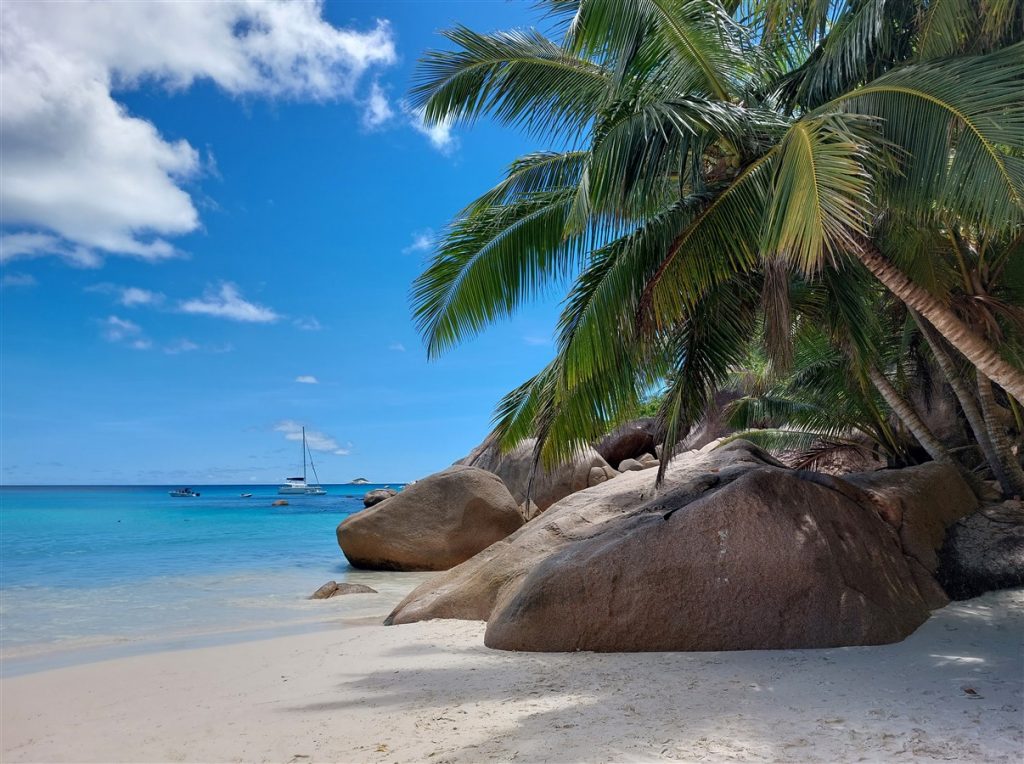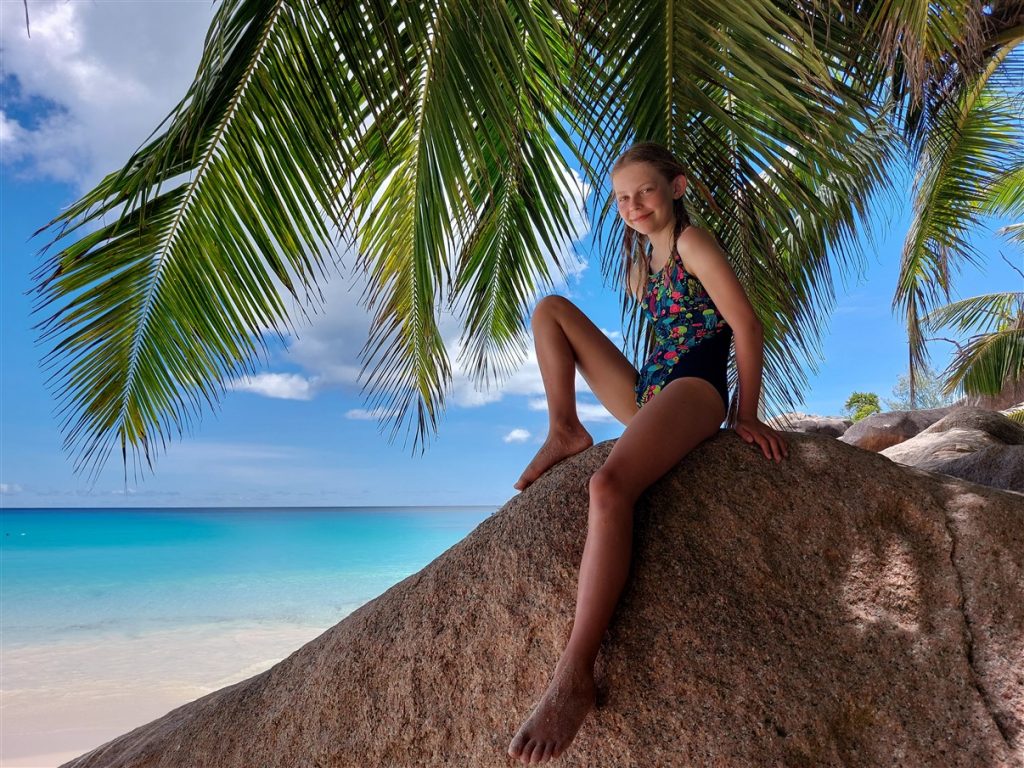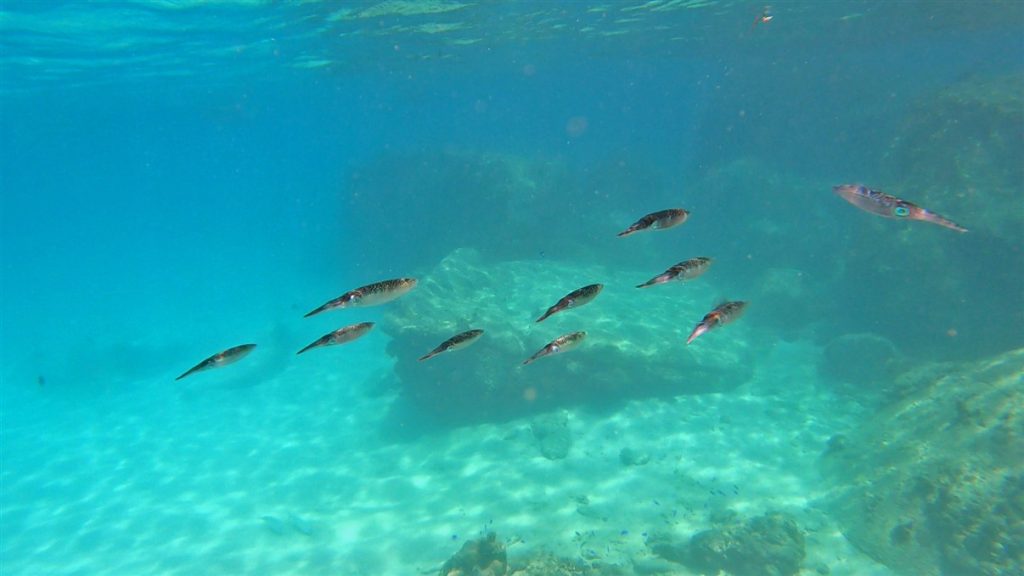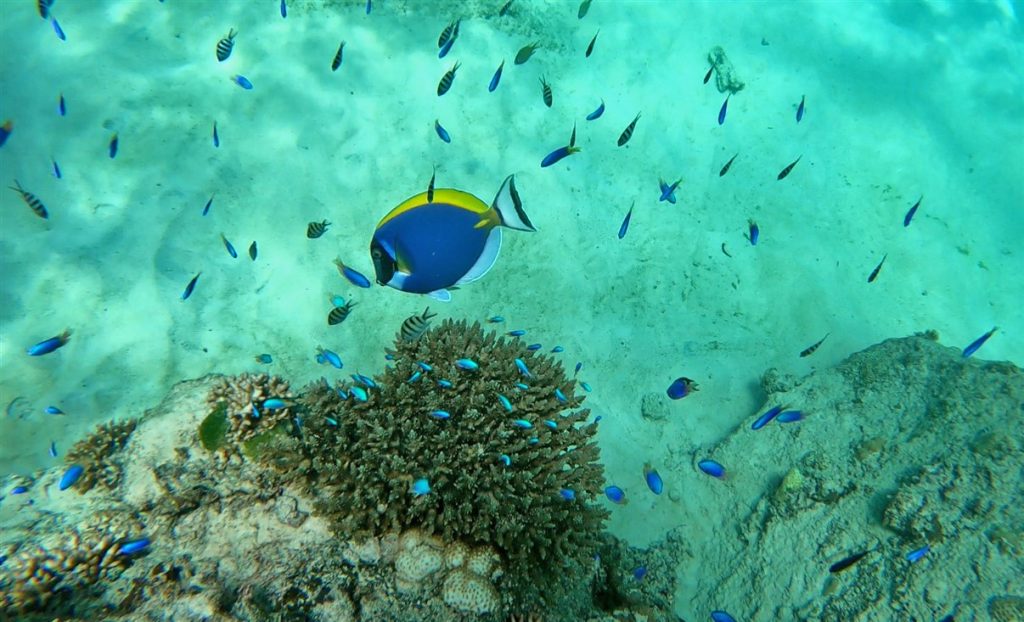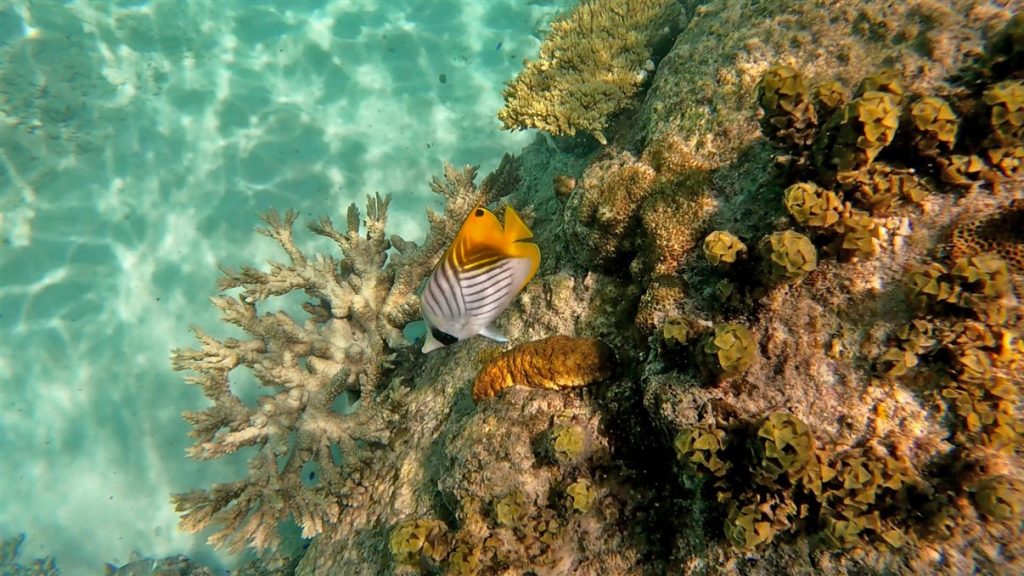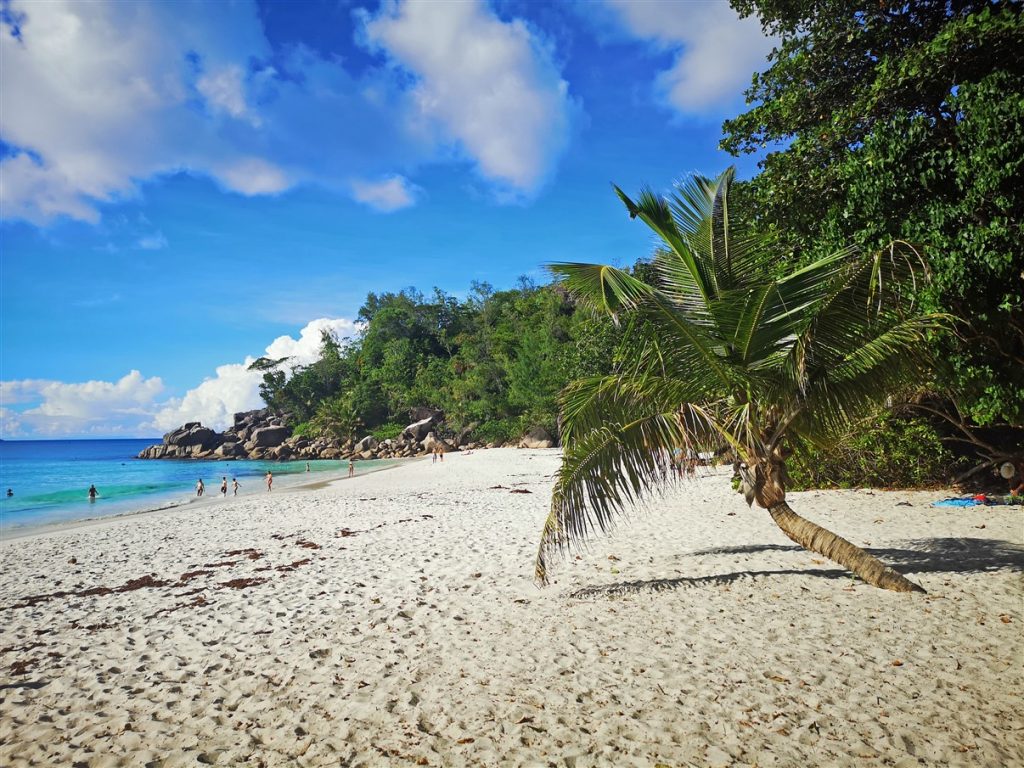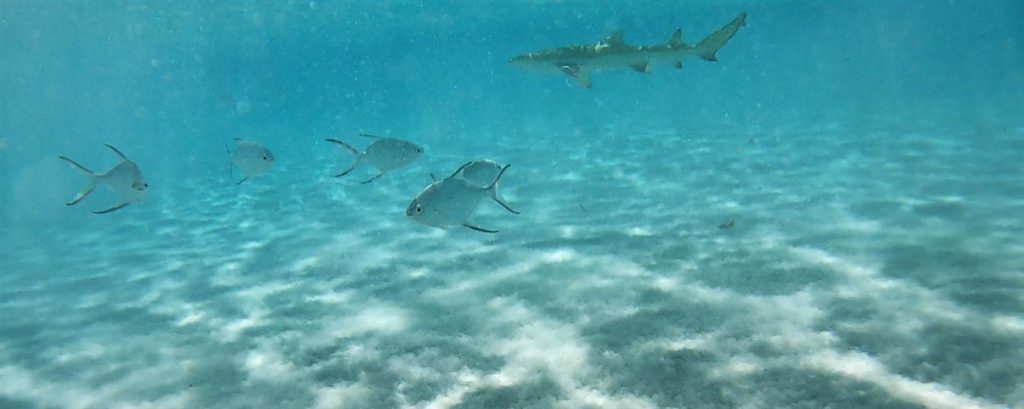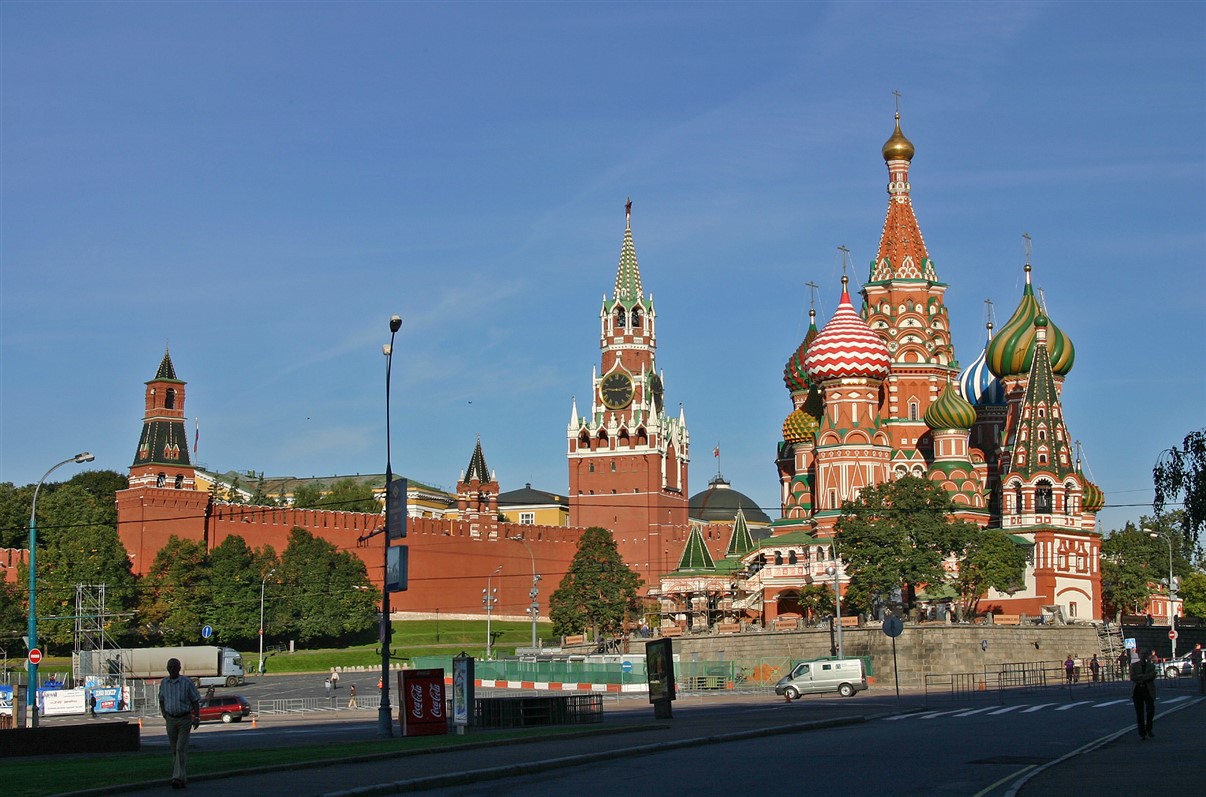In April of 2023, we headed out in search of paradise. The Seychelles are an island nation in the Western Indian Ocean, consisting of an archipelago of tiny islands and they are also just that: paradise! We started our journey on the largest island, Mahé (an area of only 150km², so “large” is really relative in this case), where we enjoyed snorkeling, hiking, SUPing and the shortest city trip ever. Subsequently, we took the ferry to Mahé’s smaller sister, La Digue, which is also its most paradisiacal, its most spectacular ànd its most laid back. Although the Seychelles Archipelago consists of 115 island in total, we had to limit our visit to only a few of them (in 2 weeks time, you can only do so much). So, we focused our attention on the three largest ones, and a number of smaller islands that surround them. In this post, we want to show you around Praslin. It is not the biggest of the three, nor the most relaxing, but it has a lot to show for and we made some ever-lasting memories here!
Due to the high hotel prices on the east coast, we were staying near Grand’ Anse beach on the west coast. Not a really noteworthy beach, to be honest (but maybe we were spoiled too much by the top-class beaches in La Digue and it might have been an unfair comparison), although we enjoyed the company of a few crab-chasing stray dogs here. It’s also far away from the ferry terminal in Baie Ste Anne and far away from Praslin’s fabulous Cote D’Or Beach, but since distances are limited here, we didn’t mind that much. There are frequent buses here that will take you to the other side, and if you want some more speed, flexibility and luxury, we can certainly recommend hiring a taxi with mr. Laurent and mrs. Francesca (+248 2 510 652).
We would like to take you on a virtual trip through Praslin and show you all there is to see and do. This is our selection of must-sees and must-do’s:
Take a walk in a UNESCO world heritage palm forest.
The Vallée de Mai Nature Reserve can be considered as the green heart of Praslin and consists of the Seychelles’ largest intact forest of the endemic coco de mer palm. This palm tree species is well-known for producing the largest fruit on earth, the voluptuously-shaped coco de mer. It is not the only palm growing here, but because of its peculiar fruits (and the very masculin shape of the male catkins) it is the reserve’s most eye-catching. The forest is open to visitors between 8.30h and 16.30h each day. There is a parking lot and a bus stop near the entrance of the reserve. The entrance fee was SCR 1350 (around 90 euro) for the three of us. You can also choose to go on a guided tour (which is more expensive), but we preferred to explore the forest on our own pace. There is a 1km, 1.7km and 2km route, but it is also possible to combine those to a certain extent. The trails are well-maintained, but since there are also quite a few steps, only a limited part of the trail is suitable for wheelchairs. It wasn’t too crowded that day, so there were definitely moments when we felt alone in the forest, which was just bliss. Not long after we started our hike, we experienced a short period of heavy rain: a magical experience! We sheltered underneath the huge palm leaves, which acted as giant umbrella’s, listening to the clatter of rain on leaves. If you ever want to feel one with nature, then this is definitely the place to go.
At the northernmost tip of the road, there is a shelter which you can reach after a short climb. It is definitely worth the tiny detour because of the magnificent views over the forest. We spotted a Seychelles Bulbul here, singing in a tree.
The forest is full of life, especially after the rains. We easily spotted different species of snails, such as the endemic Coco de Mer snail, several gecko’s (Giant Bronze Gecko, Bronze-eyed Gecko, Sundbergi’s Day Gecko…) and a few bird species, including the endemic Seychelles Black Parrot, which nests inside old tree trunks of the coco de mer palm.
Vallée de Mai Nature Reserve is a must-do for every visitor of the island, and especially if you are a nature/wildlife enthousiast.
Go island-hopping and snorkeling with Sagittarius.
The first time we came in contact with Sagittarius Taxi Boat Excursions was in 2017, but our first attempt to visit the islands failed due to a flight cancellation. We stayed in contact, however, so in 2023 we were finally able to join their excursion to the islands of Cousin, Curieuse and St. Pierre.
If you only have time for one day trip when on the Seychelles, this is definitely the one you should book. It isn’t cheap (we paid 450 euros for 3 persons, including the landing fees that is), but it is such an enriching experience! This trip will definitely make your stay on Praslin much more worthwhile. Sagittarius is a trustworthy and responsible company which we highly recommend.
The schedule of the full-day Cousin/Curieuze/St.-Pierre excursion is as follows:
1. Start of the day at Côte d’Or beach (Berjaya Hotel), where you can pay and get the first instructions. You should bring water, towels, camera, sun cream, snorkeling gear (if you brought your own stuff with you – they can also provide it) and, most importantly: strong mosquito repellent!
2. The boat brings you to Cousin Island. The boat ride is a first highlight, since you pass a number of excellent beaches such as Anse Lazio and Anse Georgette. We were given some time to snorkel at Anse Lazio (more about that beach later), before we set off to Cousin Island, which is situated just west of Praslin. Cousin Island Special Reserve is a granitic island that was once a coconut plantation which became a nature reserve in 1968 in order to save the last remaining population of the Seychelles Warbler. It is not only essential for sea birds and endemic land birds but it’s also the most important breeding site for Hawksbill Turtles in the Western Indian Ocean.
You are picked up by small motor boats which are maneuvered onto the beach. From there, you can enter the reserve in small groups, with a guide. Many birds are nesting here, so you can come very close to them. They are used to people, but there are obviously strict rules of conduct. We spotted Seychelles Magpie Robin, Fairy Tern, White-Tailed Tropicbird, Lesser Noddy, Seychelles Sunbird and Seychelles Warbler. Be sure to apply a lot of mosquito repellent before entering the reserve. If not properly applied, you will be eaten alive by thousands of those little vampires…
3. Lunch is prepared in a large, open-air but roofed area on the large island of Curieuse, a Marine National Park. It seems like all excursion groups converge here for lunch, since it became pretty crowded… The meal (a very tasty BBQ) is definitely another highlight: it was prepared with care and it tasted like a treat for all our taste buds. The food smelled so good that even the Giant Aldabra Tortoises of the island wanted to join in…
After lunch, you get a few hours of time to enjoy the company of the tortoises, and get to the other end of the island, where you get picked up again. It is essential that you give yourself enough time for this hike, since the path (even though the first part through the mangroves consists of a boardwalk) it is not always well-marked. It is nevertheless a beautiful and not too difficult hike.
4. The final part of this trip takes you to the tiny island of St Pierre: a snorkeling highlight. The island itself is already very aesthetic in its own right, but it’s what’s under the waves that is the most astonishing. The underwater landscape consists mainly of boulders, coral debris and small patches of living coral. The rocks provide shelter for many fish species, such as Trumpetfish and Moorish Idol. We enjoyed 1 hour of snorkeling here, after which we returned to Praslin with a bag full of everlasting memories.
Engage in some world-class, five-star beach-hopping.
Even though La Digue might be a very strong contender in this competition, Praslin is also home to a number of extraordinarily beautiful beaches. It was actually our taxi driver on Praslin (mrs. Francesca), who proposed to take us to the two most exquisite ones: Anse Lazio and Anse Georgette. Although the latter one is located within the property of 5-star hotel Constance Lemuria, it is still freely accessible. You just go to the hotel gate, fill in a form stating that you want to enter the grounds to go to Anse Georgette and proceed. You will notice that these grounds (especially the splendid golf court) are quite extensive, so we were lucky to hitch a ride on a golf cart. Anse Georgette is known as a shark nursery, so some caution is recommended. We were happy to spot a baby reef shark and a hawksbill turtle here.
This is our final blog post related to the Seychelles. This exotic archipelago is a dream come true for everyone who loves nature, wildlife and beaches. Although it is a luxury destination in its essence, do not let this stop you from going there and enjoy everything this gem in the Indian Ocean has to offer…


